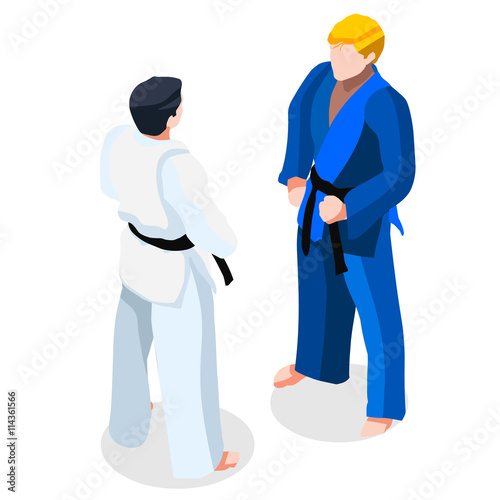A Comparative Research Study Of Typical Martial Arts And Modern Combat Sports: Highlighting The Crucial Distinctions
A Comparative Research Study Of Typical Martial Arts And Modern Combat Sports: Highlighting The Crucial Distinctions
Blog Article
Content By-Skovbjerg Haagensen
When you think about martial arts, do you lean much more toward the typical methods or the modern combat sporting activities? Each path offers one-of-a-kind advantages and experiences, formed by their approaches and training methods. Conventional martial arts highlight individual growth and technique, while modern fight sports focus on competition and performance. Comprehending these differences can assist you in choosing the appropriate method for your journey. Yet how do these differences show up in training and ideology?
The Viewpoint and Background Behind Conventional Martial arts
While many people link martial arts with physical fight, the viewpoint and background behind standard martial arts run much deeper. You'll locate that these techniques stress personal growth, self-control, and regard.
Originating from old methods, traditional martial arts were typically established for Self-Defense and spiritual growth. They symbolize concepts such as equilibrium, consistency, and self-discipline, directing specialists past plain fighting abilities.
As you educate, you'll not just discover methods however additionally get understandings into the culture and values that formed these arts. The rituals and practices, usually passed down through generations, foster a feeling of community and belonging.
The Affordable Nature of Modern Fight Sports
Modern combat sports have actually transformed the landscape of martial arts right into an extremely competitive arena, where professional athletes face off in a test of skill, method, and endurance.
You'll observe that competitions are typically arranged with strict regulations and laws, guaranteeing justice and safety and security. These events draw in large audiences, fueling the enjoyment and strength of matches.
Professional athletes educate carefully, not just for physical expertise but additionally for mental sturdiness, knowing that every information counts in the ring. The adrenaline rush during competitors is apparent, as competitors press their limits to claim success.
Fans value the athleticism and virtuosity involved, making modern fight sporting activities a thrilling spectacle that remains to develop and mesmerize fanatics worldwide.
Training Techniques and Techniques: A Relative Analysis
The affordable environment of contemporary fight sporting activities needs ingenious training techniques that differ significantly from standard martial arts.
In modern training, you'll concentrate on specific strategies, competing, and conditioning, usually using drills that replicate genuine fight circumstances. You'll see a focus on quantifiable performance and frequent competition to examine your skills.
In contrast, standard martial arts focus on types, katas, and thoughtful mentors, often emphasizing discipline and regard over competition.
Training is generally less intense and might involve repetitive method rather than real-time sparring.
While both approaches build skill and health and fitness, contemporary fight sporting activities offer an extra vibrant and versatile training atmosphere, preparing you for immediate obstacles in the ring or cage.
Select https://selfdefensemanvswoman94421.livebloggs.com/41490794/checking-out-the-spiritual-facet-of-fighting-style-finding-inner-tranquility that lines up with your objectives and interests.
Conclusion
In choosing between standard martial arts and contemporary combat sporting activities, it truly boils down to what you value most. If you're seeking personal growth, discipline, and a feeling of area, standard arts might be your finest fit. But if you flourish on competition and real-time difficulties, modern-day battle sports could be the means to go. Inevitably, both courses supply distinct advantages, so it's all about aligning your training with your personal objectives and rate of interests.
